Home>Interior Design>What Color Reduces Stress? This One Shade Is Proven To Heal
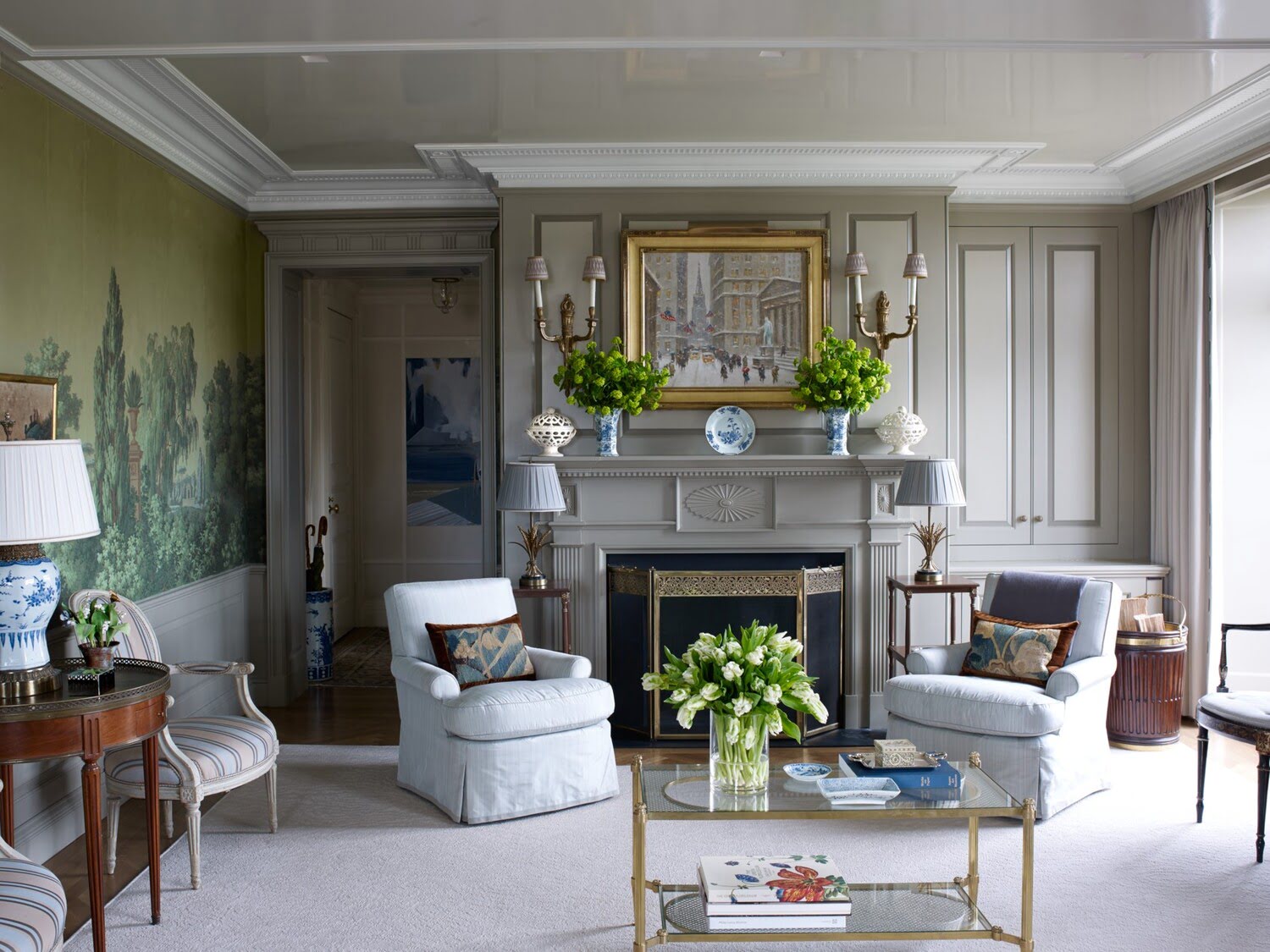

Interior Design
What Color Reduces Stress? This One Shade Is Proven To Heal
Modified: September 1, 2024
Discover how the right interior design color can reduce stress and promote healing. Find out which shade is scientifically proven to create a calming environment.
(Many of the links in this article redirect to a specific reviewed product. Your purchase of these products through affiliate links helps to generate commission for Storables.com, at no extra cost. Learn more)
Introduction
Welcome to the world of interior design, where colors have the power to transform a space and evoke emotions. One of the fascinating aspects of interior design is the ability to create an atmosphere that promotes well-being and reduces stress. While there is a myriad of colors to choose from, one shade, in particular, has been proven to have healing properties – blue.
Color psychology is a field of study that examines how colors can influence our mood, emotions, and overall well-being. Different colors have unique psychological and physiological effects on us, and understanding these effects can help us create harmonious and calming environments.
When it comes to reducing stress, blue, in its various shades, has been hailed as the ultimate color. From tranquil ocean blues to serene sky blues, this hue has a profound impact on our mental state and has been used for centuries in interior design to create soothing and peaceful spaces.
In this article, we will delve deeper into the psychological and physical effects of the color blue, and explore how you can incorporate this healing shade into your daily life to enhance your well-being and reduce stress.
Key Takeaways:
- Embrace the healing power of blue in interior design to reduce stress, promote relaxation, and enhance overall well-being. Incorporate blue accents, paint walls, and bring in natural elements for a calming and serene environment.
- Harness the psychological and physical effects of blue to create tranquil spaces that lower stress levels, improve sleep quality, and boost productivity. Experiment with blue decor and clothing to elevate your daily well-being.
Understanding the Impact of Color on Stress
Before we dive into the specifics of blue as a stress-reducing color, let’s explore the general impact of color on our stress levels. Our surroundings have a profound influence on our emotions, and color is a powerful tool that can either exacerbate or alleviate stress.
Warm colors such as red, orange, and yellow tend to be stimulating and can evoke a sense of energy and excitement. While these colors can be invigorating in small doses, they can also increase stress levels if used excessively or in high-intensity shades. On the other hand, cool colors like blue, green, and purple have a calming effect on our minds and bodies, making them ideal for creating serene and peaceful environments.
Color preferences can also vary from person to person, so what might be soothing for one individual could be stressful for another. It’s important to factor in personal preferences and individual sensitivities when choosing colors for your space.
Now that we understand the broader impact of color on stress, let’s explore why blue is hailed as the ultimate stress-reducing color.
The Healing Power of Blue
Blue is often associated with qualities such as tranquility, peace, and serenity. It’s no wonder that this color has a profound healing effect on our minds and bodies. From ancient civilizations to modern psychology, the color blue has been recognized for its ability to calm our nervous system and promote relaxation.
In the realm of interior design, blue is a popular choice for creating spaces that promote mental and emotional well-being. It has the remarkable ability to lower blood pressure, slow down heart rate, and reduce anxiety levels. When surrounded by blue, our bodies naturally respond by entering a state of relaxation and calmness.
Research has shown that simply looking at the color blue can have a soothing effect on our physiology. In a study conducted by the University of Sussex, participants who looked at blue images had a significant reduction in blood pressure and heart rate compared to those who looked at images of different colors.
Psychologists and color therapists believe that the healing power of blue lies in its association with nature. Blue is the color of the vast sky, the calming ocean, and serene lakes. These natural elements evoke a sense of peace and tranquility, helping us feel grounded and connected to the world around us.
Furthermore, blue is also linked to stimulating the production of melatonin, a hormone that regulates sleep-wake cycles. This is why blue light filters are often recommended for electronic devices to help improve sleep quality. By incorporating blue into our living spaces, we can create an environment that supports restful sleep and rejuvenation.
Whether you’re looking to create a peaceful bedroom retreat or a calming office space, incorporating blue into your design scheme can have a profound impact on your overall well-being. The healing power of blue is truly remarkable and can transform your space into a sanctuary of tranquility and relaxation.
Psychological Effects of Blue Color
The color blue has a remarkable influence on our psychology and emotional well-being. Let’s explore some of the psychological effects of incorporating this calming shade into your interior design:
- Relaxation and Calmness: Blue has been associated with feelings of relaxation and calmness. It has the power to soothe our minds and create a sense of tranquility. By using blue in your living spaces, you can create an environment that promotes a peaceful state of mind and reduces stress.
- Stress Reduction: Blue is known to have a direct impact on our stress levels. It can help lower blood pressure, slow down heart rate, and reduce anxiety. By surrounding yourself with shades of blue, you can create a sanctuary where stress melts away and a sense of calm prevails.
- Improved Focus and Productivity: Blue has also been shown to enhance focus and productivity. It stimulates mental clarity and can help improve concentration, making it an ideal color choice for home offices or study areas. By incorporating blue elements into your workspace, you can create an environment that promotes productivity and efficiency.
- Sense of Trust and Security: Blue is often associated with trust and security. It is a color commonly used in professional settings to establish a sense of credibility and reliability. By incorporating blue accents or using blue as a dominant color in your space, you can create an atmosphere that instills a sense of trust and security.
- Positive Associations: Blue is a color that has positive cultural associations across many societies. It is often associated with cleanliness, purity, and serenity. By incorporating blue into your home, you can tap into these positive associations and create an uplifting and refreshing environment.
Understanding the psychological effects of blue color allows you to harness its power to create spaces that promote well-being, reduce stress, and enhance quality of life. Whether in the bedroom, living room, or workspace, incorporating blue hues can create a positive and calming atmosphere that nurtures your mind and soul.
The color blue has been proven to reduce stress and promote a sense of calm. Consider incorporating shades of blue, such as light blue or aqua, into your environment to create a soothing atmosphere.
Physical Effects of Blue Color
In addition to its psychological impact, the color blue also has notable physical effects on our bodies. Let’s explore the various ways in which blue can positively influence our physical well-being:
- Reduced Blood Pressure: Research has shown that exposure to the color blue can lead to a reduction in blood pressure. High blood pressure is a common symptom of stress and anxiety, and finding ways to lower it naturally is crucial for our overall health. Incorporating blue elements into your environment can help create a calming atmosphere and contribute to maintaining healthy blood pressure levels.
- Slower Heart Rate: Blue has been found to slow down heart rate, inducing a state of relaxation in our bodies. A slower heart rate can have numerous benefits, such as improved cardiovascular health, reduced risk of heart disease, and decreased feelings of anxiety and tension.
- Soothing Effect on Eyes: Blue is one of the least straining colors on the eyes. This is due to its position on the color spectrum and its similarity to natural elements like the sky and water. By using blue in your interior design, you can create a visually comfortable environment that reduces eye strain and promotes eye health.
- Promotion of Restful Sleep: Blue is closely associated with promoting restful sleep. It is known to stimulate the production of melatonin, a hormone that regulates our sleep-wake cycle. By incorporating blue into your bedroom decor, you can create a serene and sleep-friendly environment that encourages deep and rejuvenating rest.
- Increased Productivity: In addition to its calming effects, blue has also been shown to boost productivity and efficiency. The color blue stimulates mental focus and clarity, aiding in concentration and enhancing cognitive performance. Incorporating blue accents or using blue as the dominant color in your workspace can help create an environment that promotes productivity and task completion.
The physical effects of the color blue demonstrate its potential to positively impact our overall well-being. From reducing blood pressure and heart rate to promoting restful sleep and increased productivity, blue can bring about tangible improvements in our physical health. By incorporating this color into our living spaces, we can cultivate an environment that supports our physical well-being and enhances our quality of life.
Read more: 10 Simple Ways To Reduce Stress At Home
Incorporating Blue into Your Daily Life
Now that we understand the powerful effects of the color blue, let’s explore some practical ways to incorporate it into your daily life. By bringing this soothing shade into your surroundings, you can create a space that promotes relaxation, reduces stress, and enhances your overall well-being.
- Use Blue in Your Home Decor: Consider adding blue accents to your home decor, such as blue throw pillows, curtains, or rugs. These small touches of blue can create a calming and serene atmosphere in your living spaces.
- Paint your Walls: If you’re looking for a more significant impact, consider painting a room or an accent wall in shades of blue. Soft, pastel blues are ideal for bedrooms and relaxation spaces, while deeper blues can add a sense of richness and depth to living areas.
- Bring in Nature: Incorporate elements of nature into your blue-themed spaces. Think about adding indoor plants with green foliage or introducing natural materials like wooden furniture or stone accents. Nature-inspired elements will complement the calming effect of blue and create a harmonious and soothing environment.
- Create a Tranquil Bedroom: Transform your bedroom into a peaceful oasis by using blue bedding, curtains, and soft lighting. Consider painting the walls a soft, cool shade of blue to create a tranquil retreat for restful sleep and relaxation.
- Accessorize with Blue: Showcase blue accents through accessories like artwork, vases, or candles. These small pops of blue can instantly uplift the mood of a space and add a touch of serenity.
- Choose Blue for Workspaces: If you have a home office or workspace, consider incorporating blue elements into the design. Opt for blue desk accessories, wall art, or even a blue chair. This will help create a calming and focused atmosphere that enhances productivity.
- Wear Blue Clothing: Extend the benefits of blue to your personal style by incorporating blue clothing into your wardrobe. Wearing shades of blue can have a subliminal calming effect on your mood throughout the day.
Remember, the key is to find a balance and incorporate blue in a way that complements your personal style and preferences. Experiment with different shades and placements to create a space that resonates with you and promotes a sense of tranquility and well-being.
By intentionally incorporating the color blue into your daily life, you can harness its healing power to reduce stress, promote relaxation, and enhance your overall happiness and well-being.
Conclusion
In the world of interior design, color plays a significant role in creating spaces that are not only visually appealing but also promote a sense of well-being and reduce stress. Among the various colors available, blue stands out as a shade with incredible healing properties.
Blue has the power to calm our nervous system, lower blood pressure, slow down heart rate, and induce a state of relaxation and tranquility. It has a profound impact on our psychological and physical well-being, making it the ultimate stress-reducing color.
Understanding the impact of colors on our emotions and overall health allows us to make informed choices when it comes to designing our living spaces. Incorporating blue into our daily lives can be as simple as adding blue accents through decor, painting walls in calming shades, or introducing elements of nature that complement the serene qualities of blue.
Whether it’s a tranquil bedroom retreat, a peaceful office space, or a cozy living area, incorporating blue can transform ordinary spaces into sanctuaries of calmness and relaxation. By creating environments that promote well-being, we can improve our quality of life and find solace in the midst of daily stresses.
So, the next time you embark on an interior design project or seek to create a soothing space, consider the healing power of blue. Embrace this color and let it work its magic in reducing stress, enhancing relaxation, and fostering a sense of peace and serenity in your life.
Remember, the world of color is vast and subjective, so trust your instincts and personal preferences when incorporating blue into your daily life. Experiment, have fun, and create spaces that resonate with your unique style and contribute to your overall well-being.
Embrace the healing power of blue, and let its calming influence guide you towards a more peaceful and stress-free life.
Frequently Asked Questions about What Color Reduces Stress? This One Shade Is Proven To Heal
Was this page helpful?
At Storables.com, we guarantee accurate and reliable information. Our content, validated by Expert Board Contributors, is crafted following stringent Editorial Policies. We're committed to providing you with well-researched, expert-backed insights for all your informational needs.
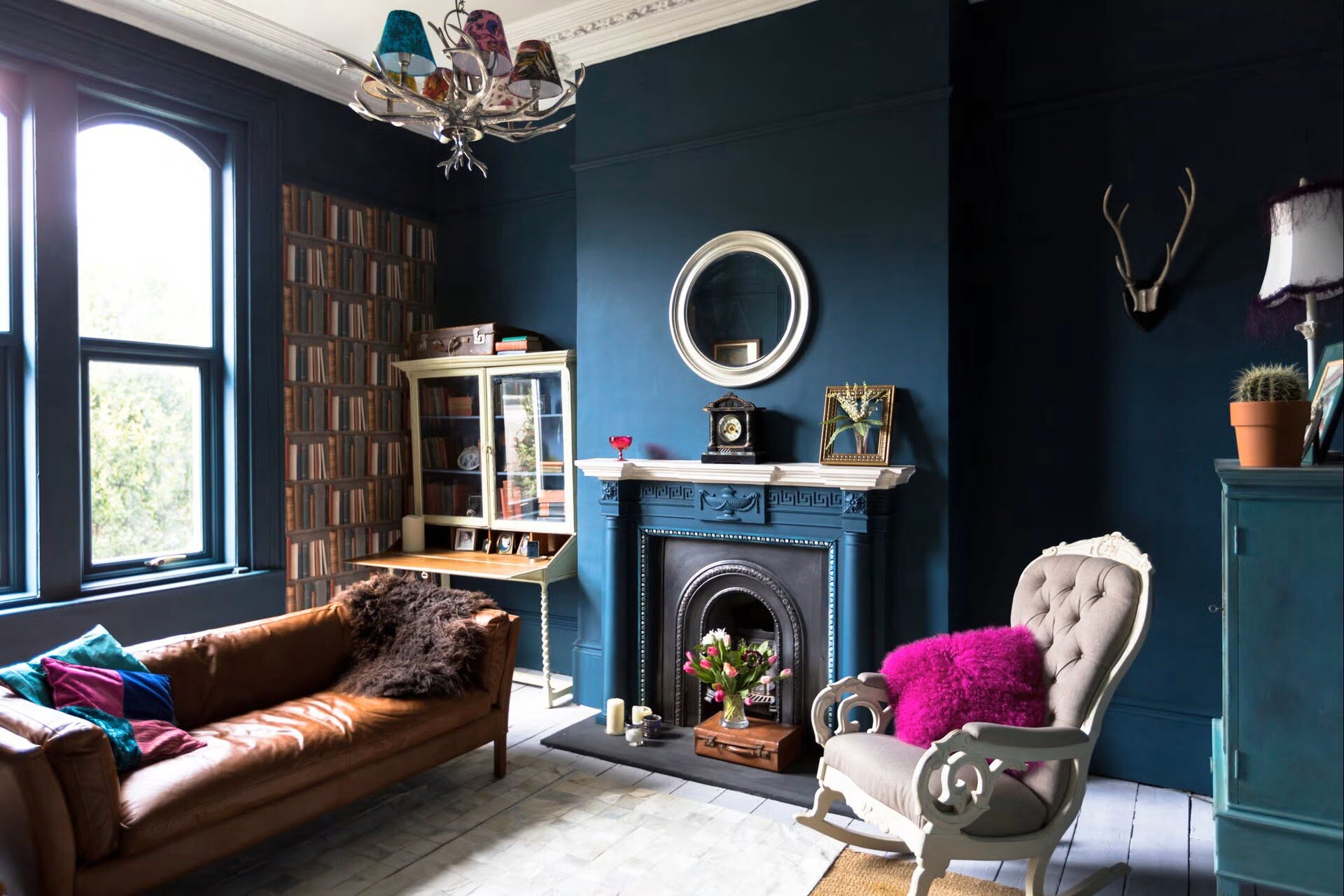
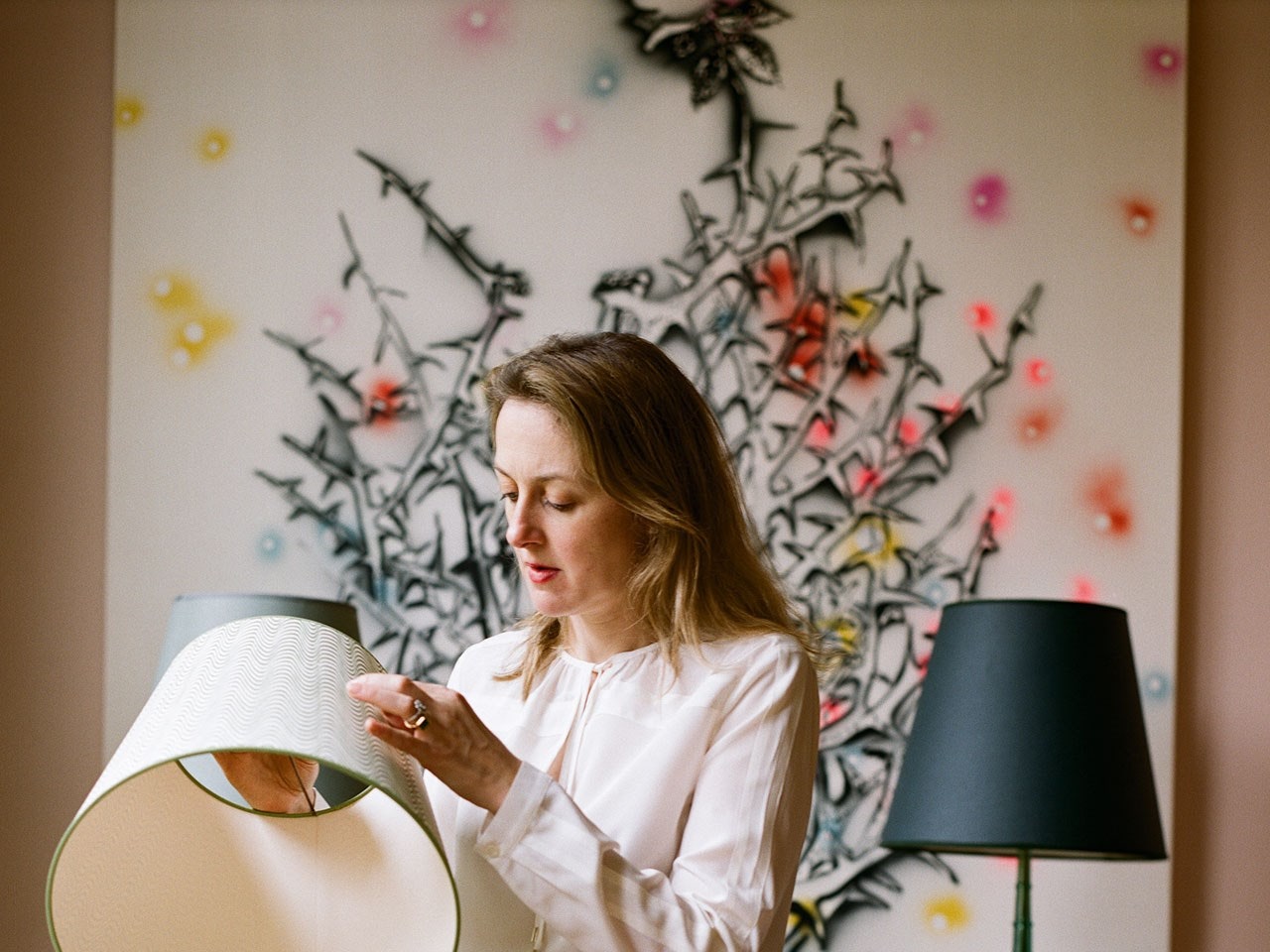
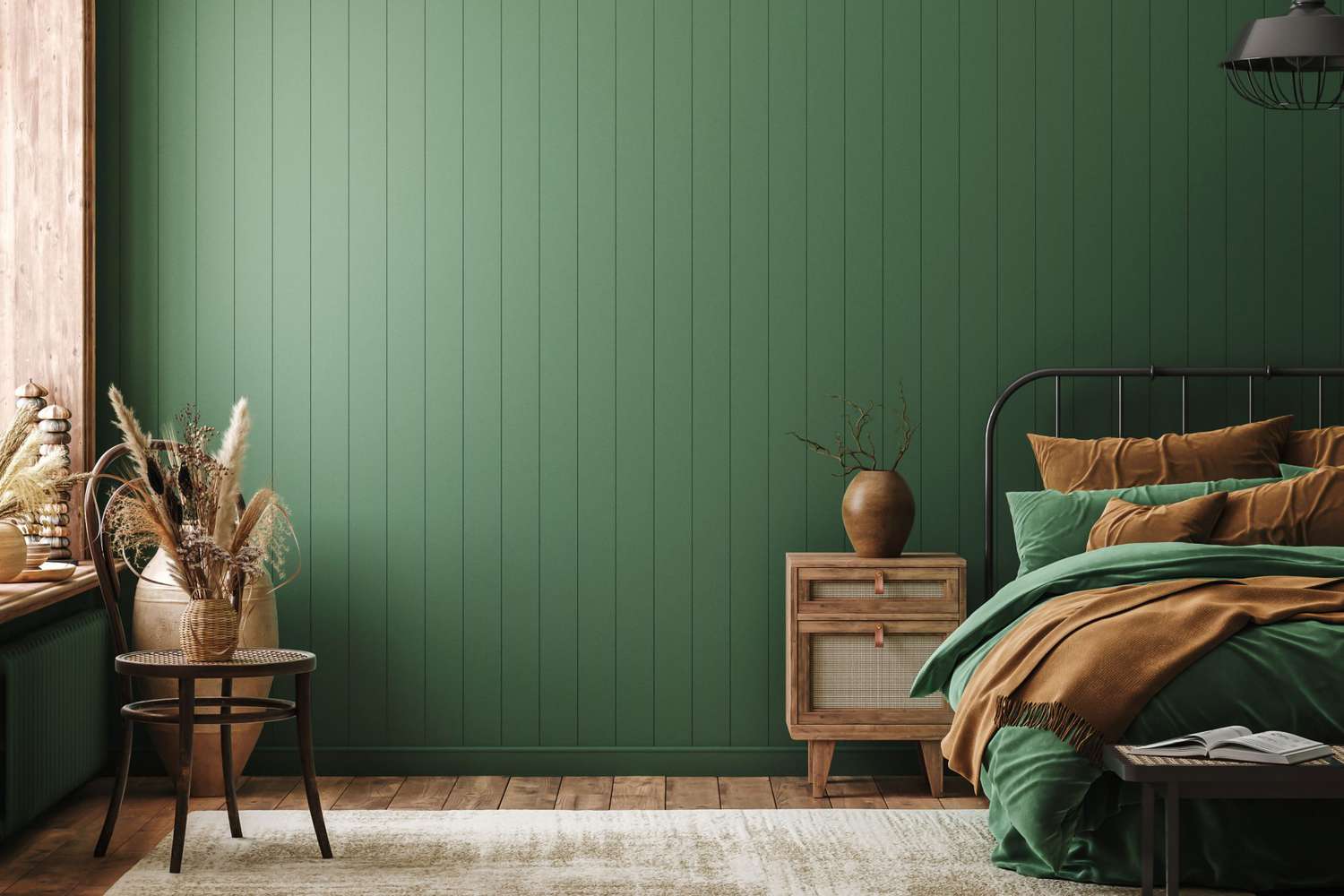
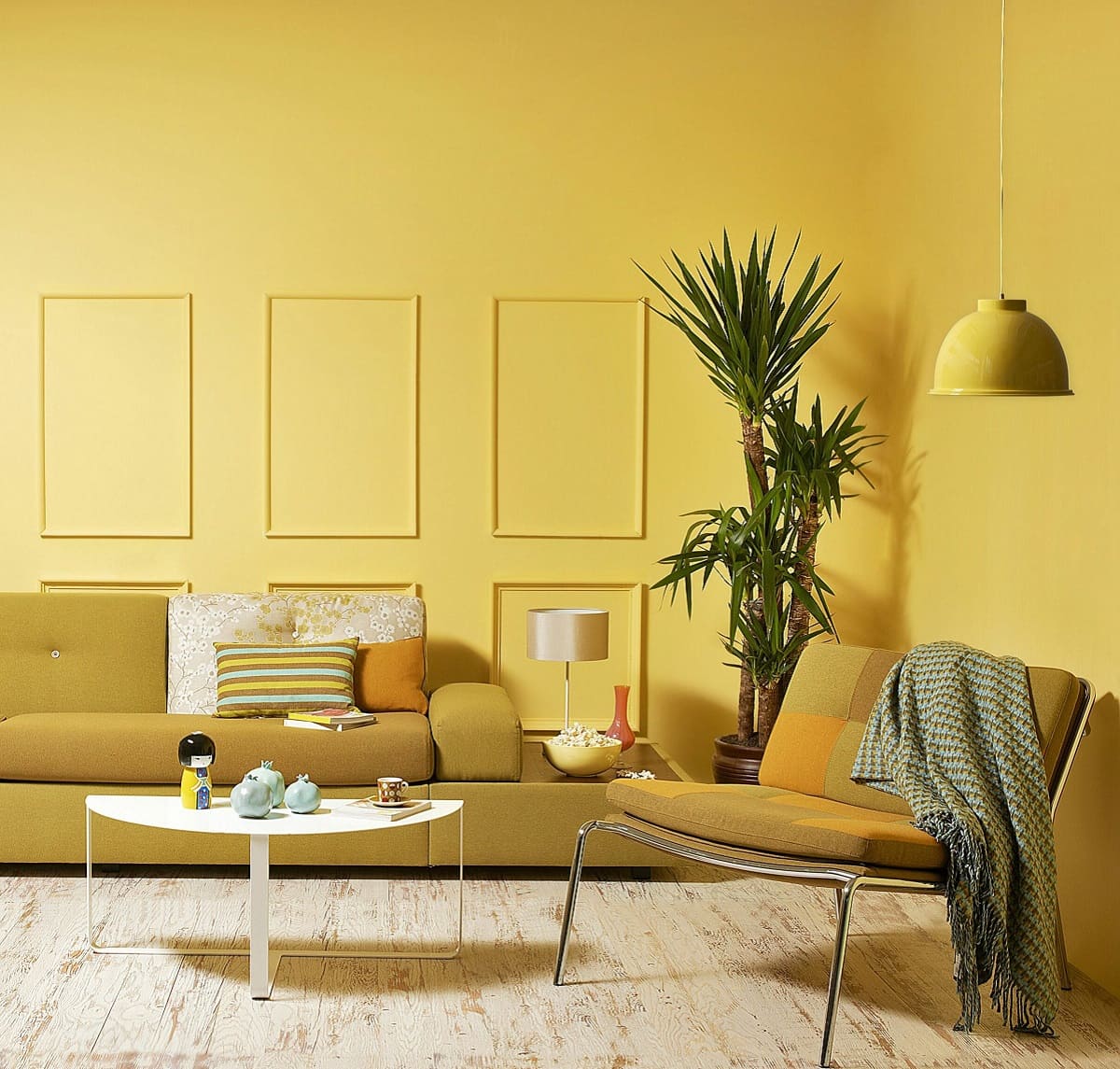
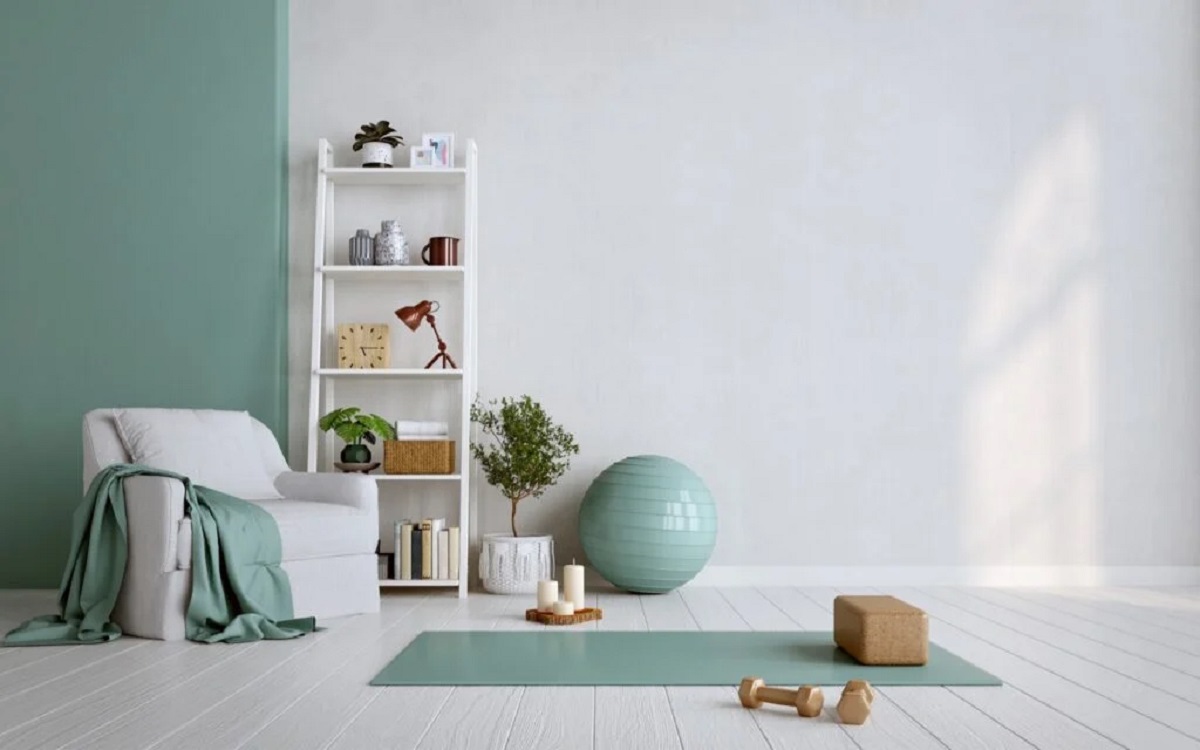
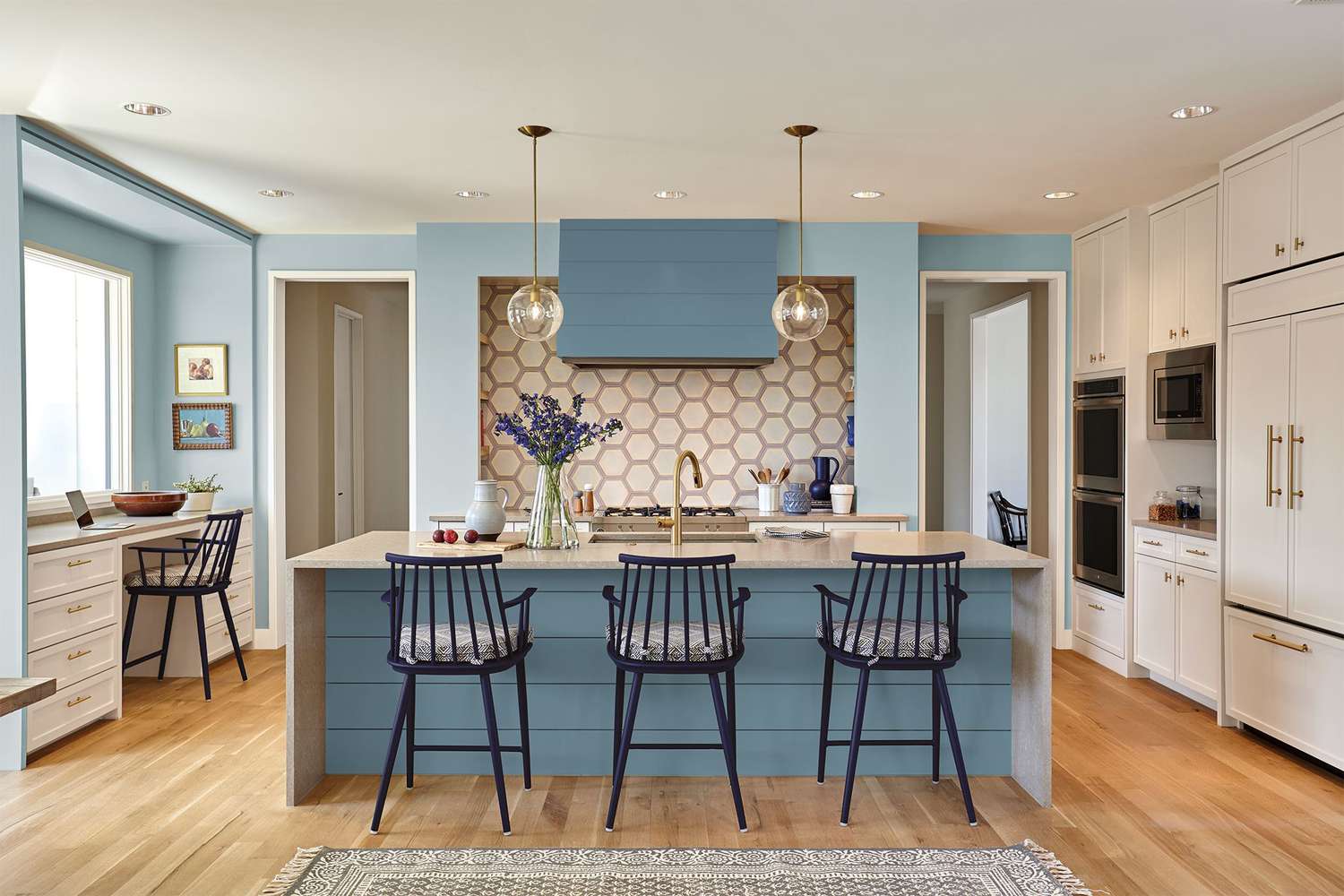

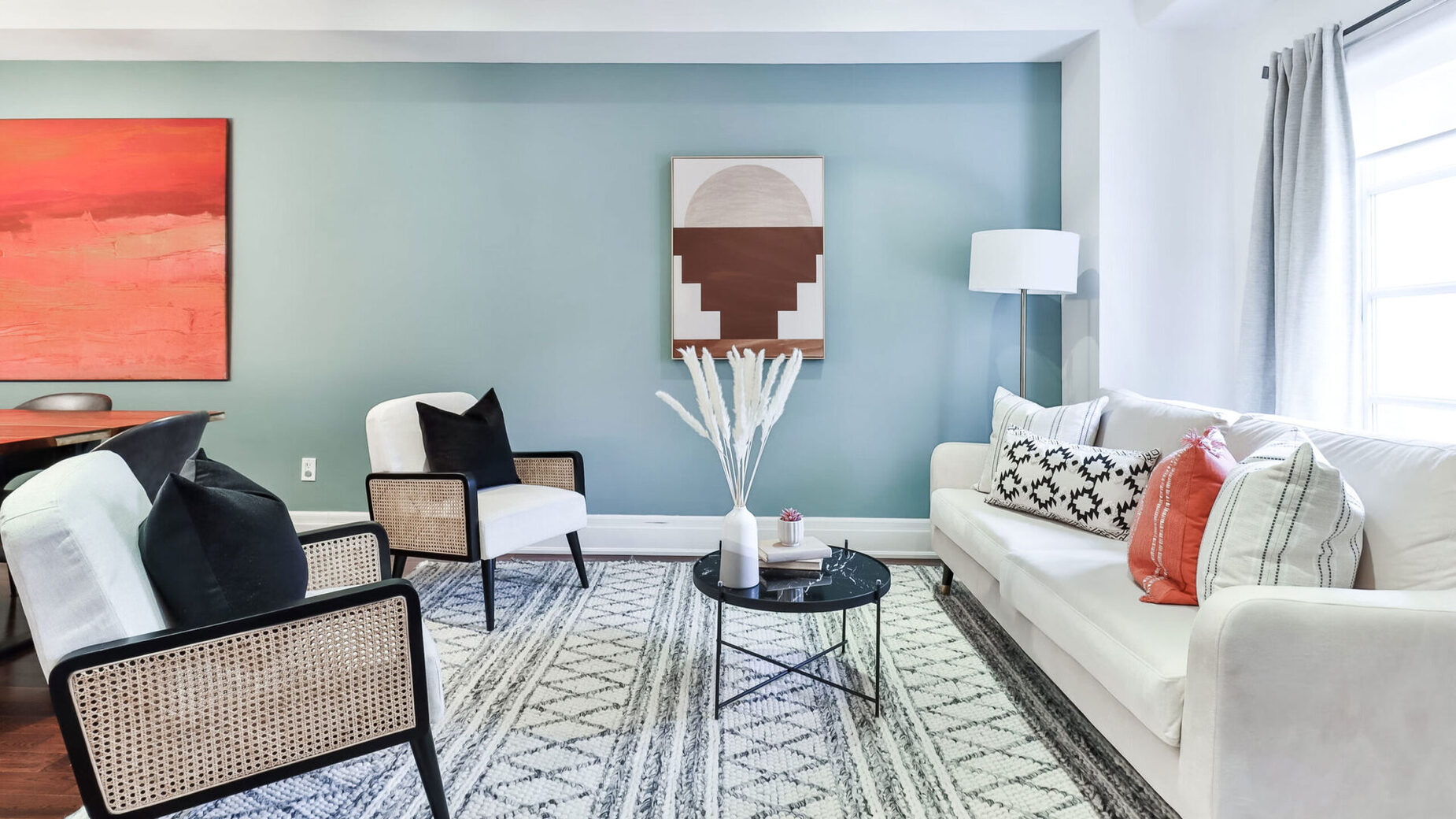
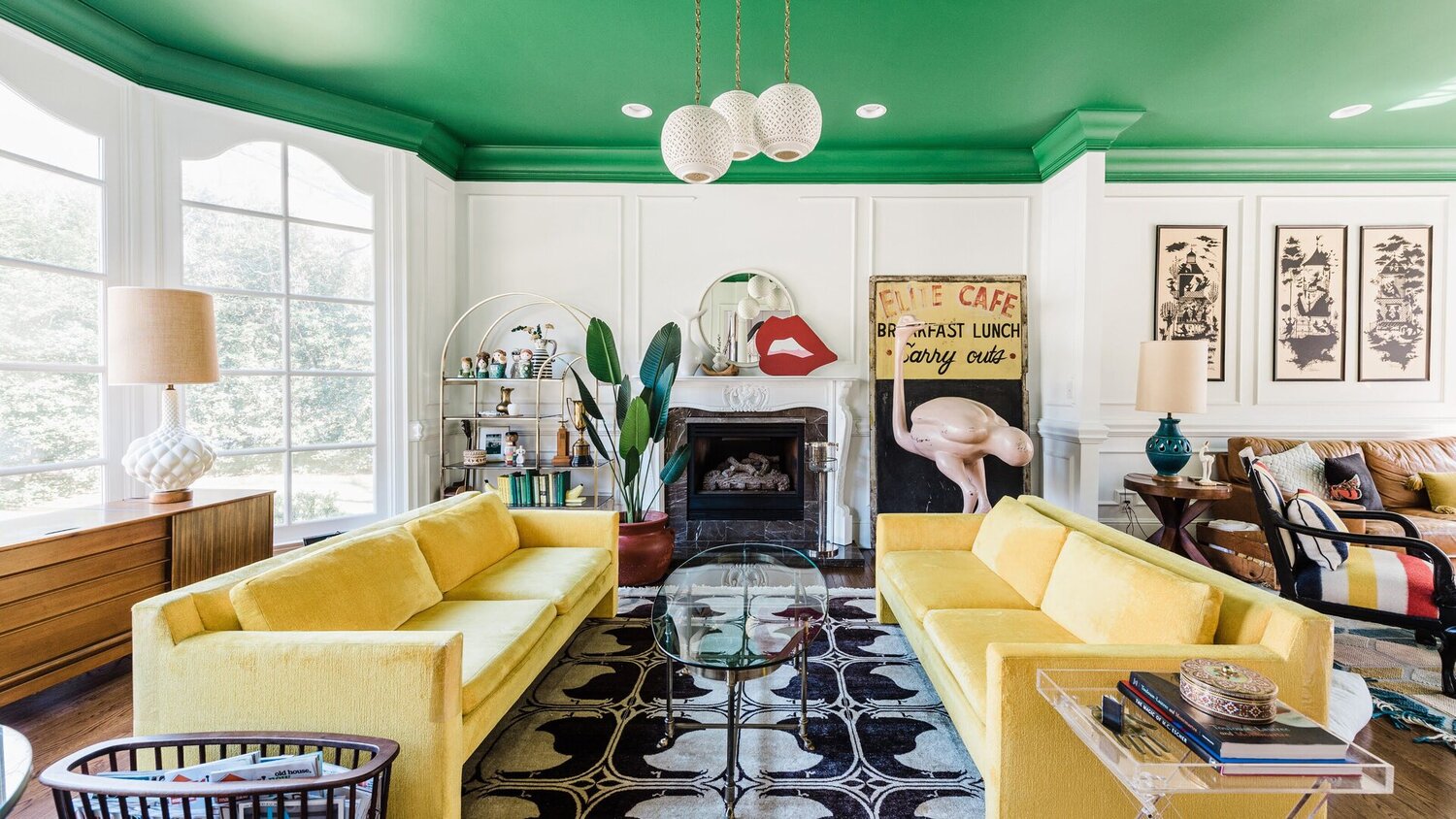
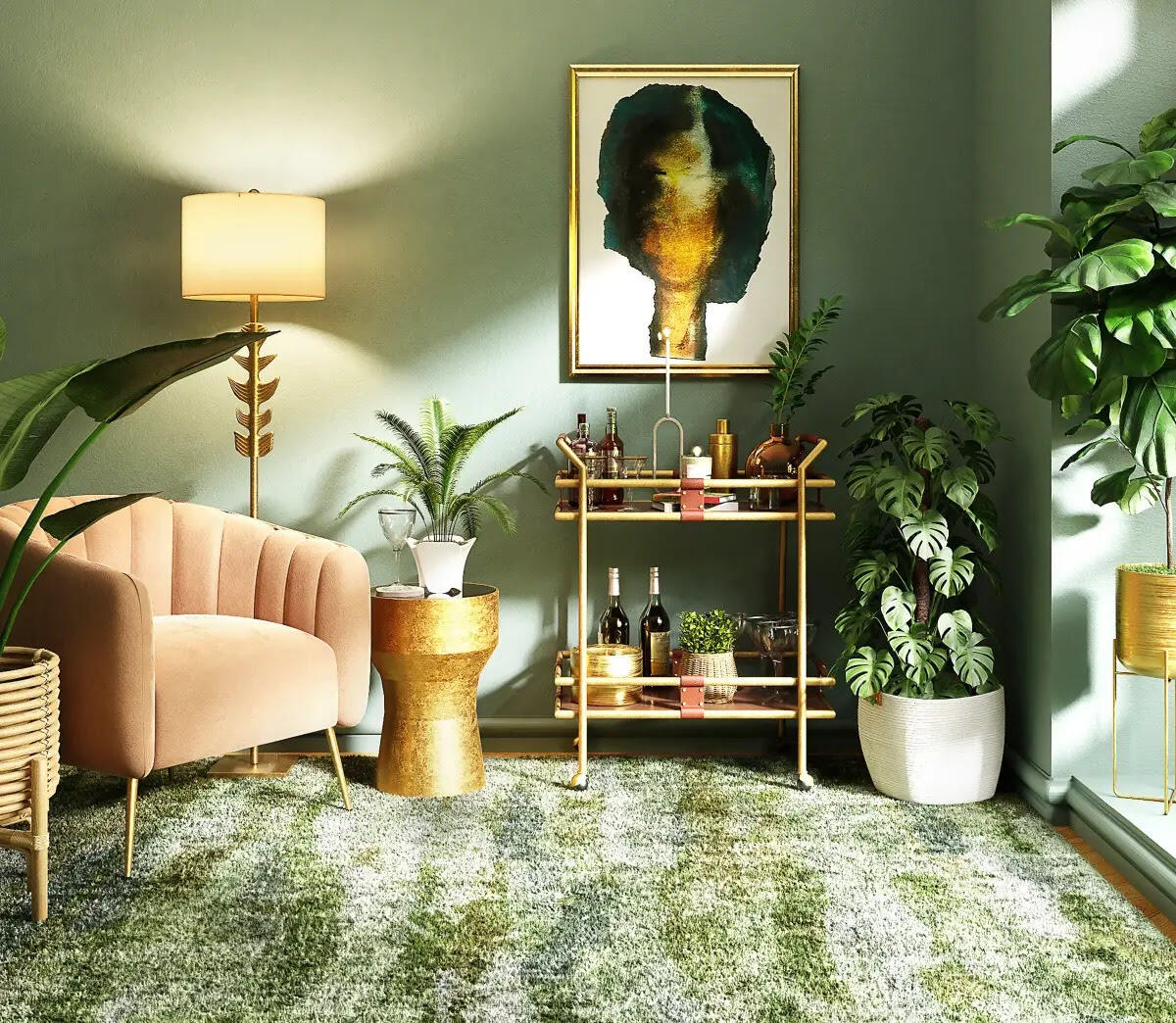
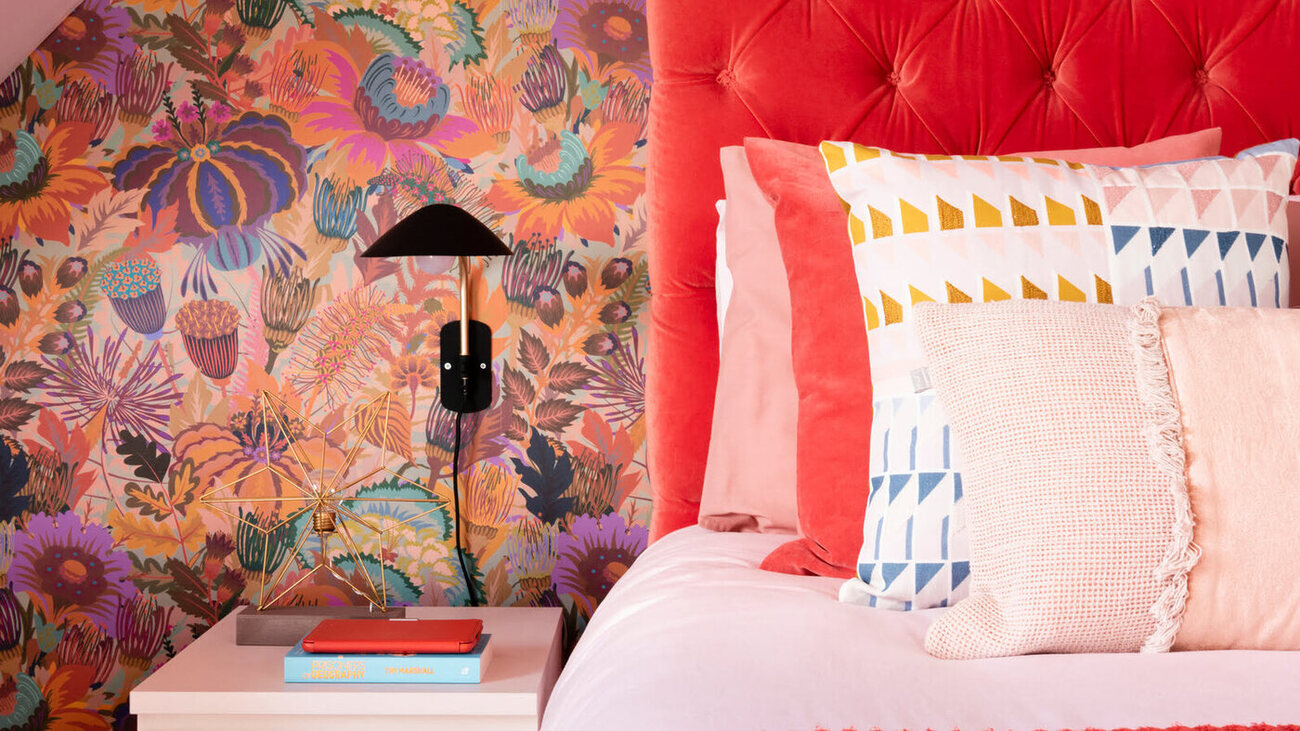
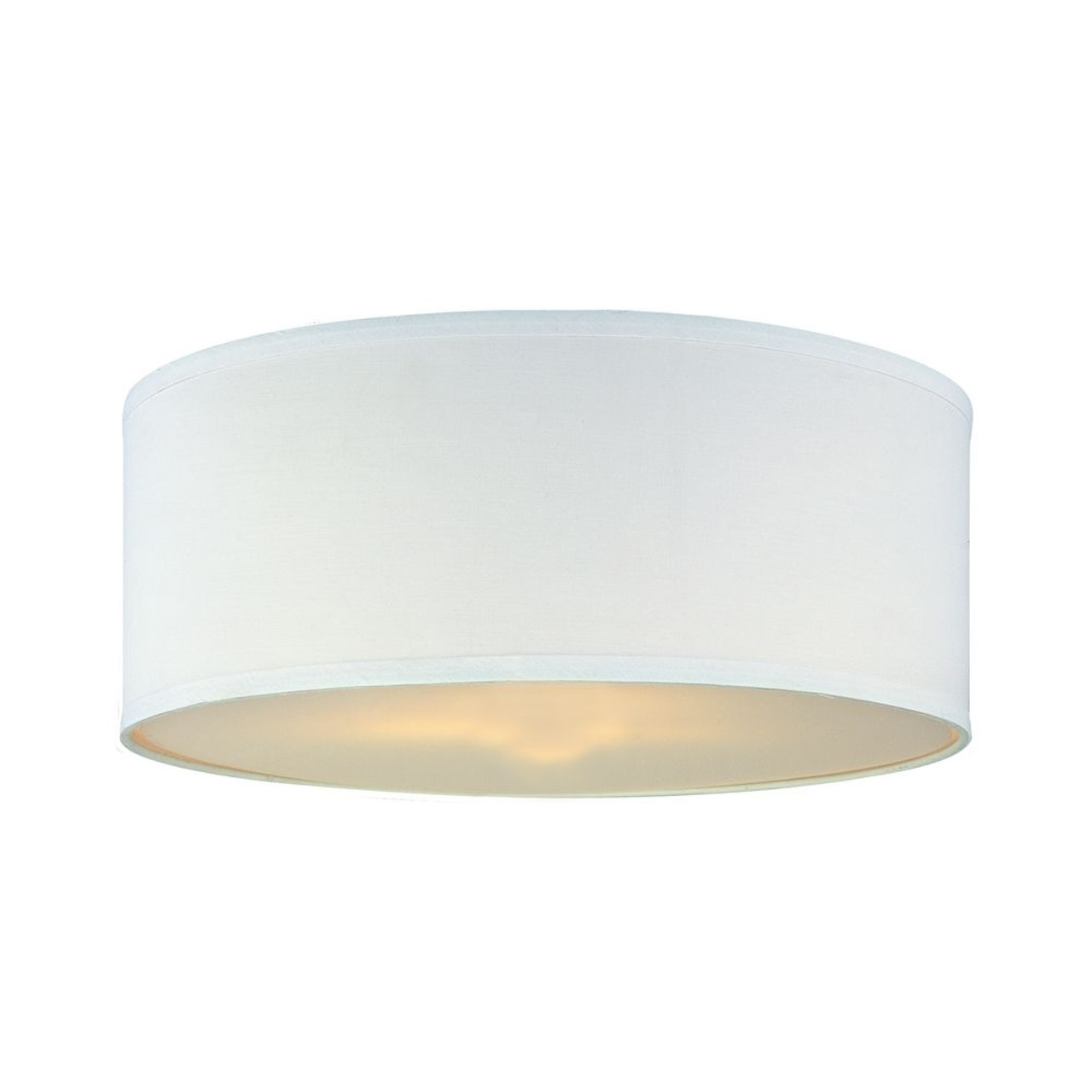
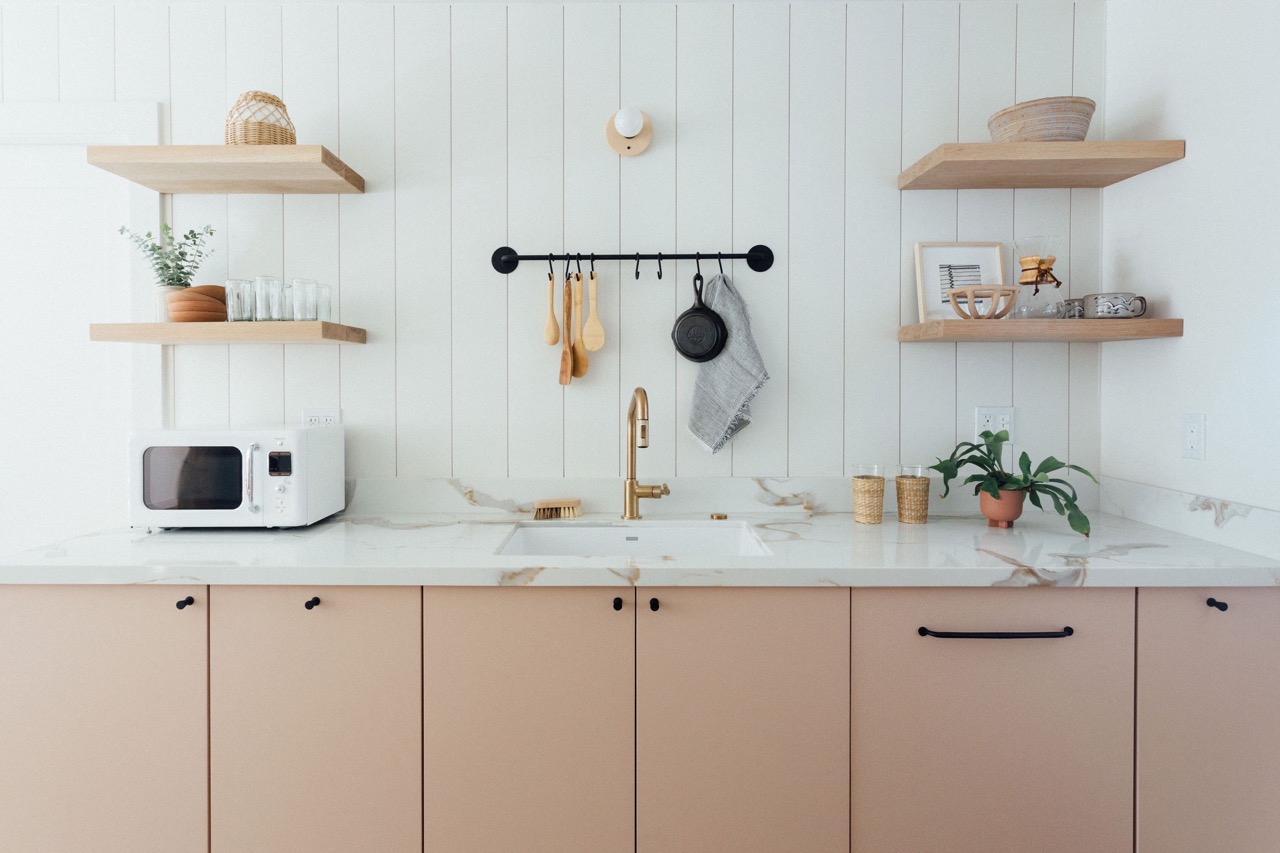
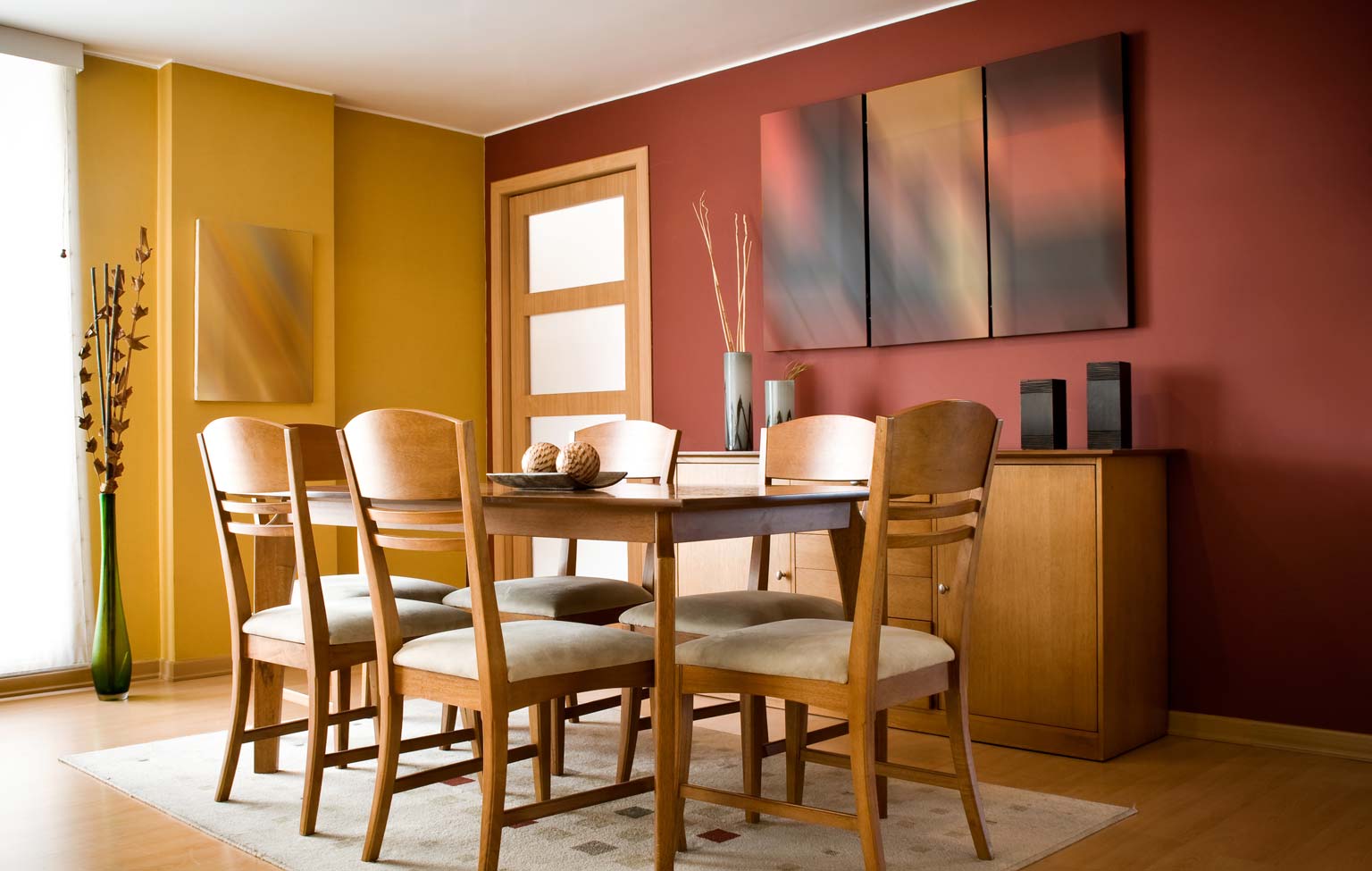

0 thoughts on “What Color Reduces Stress? This One Shade Is Proven To Heal”